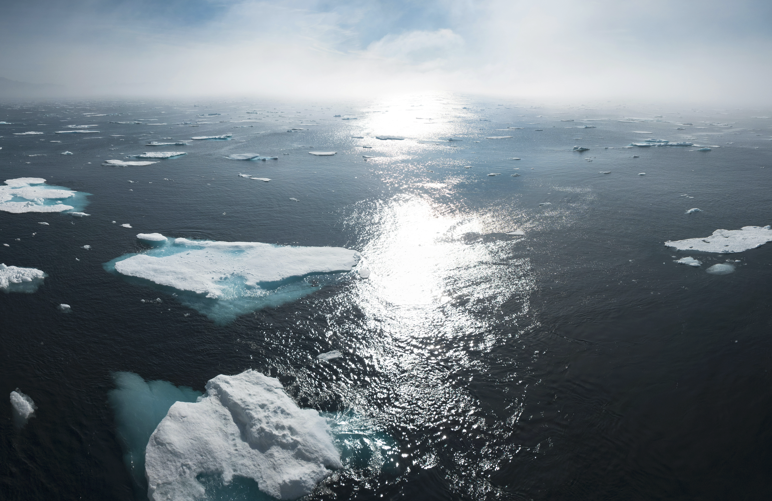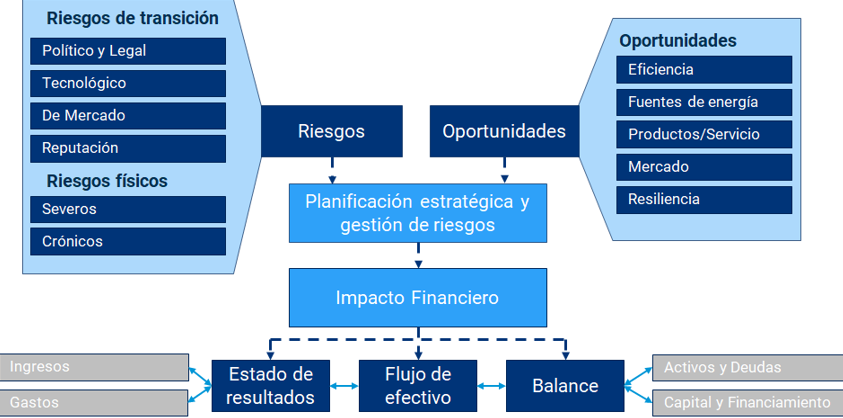Climate change poses both risks and opportunities for businesses, now and in the future.
As the Earth’s temperature rises, natural disasters, such as heavy rainfall, floods and extreme droughts, have become increasingly frequent, disrupting ecosystems and human health, causing unforeseen economic losses and threatening jobs, assets and infrastructure. In response, governments and private sector entities have embarked on various strategies to reduce global emissions, which could result in disruptive changes in all economic sectors and in various regions around the world in the near term.
However, investors, lenders and insurers currently do not have a clear enough view of which companies will survive or even thrive as their environment changes, regulations evolve, new technologies emerge, markets and prices change, and customer behavior shifts. But there are already a number of investors who, when it comes to investing, run climate risk scenarios to make investment decisions.
Why do we talk about climate risk?
- We have emitted more GHG emissions in the last 30 years than in the last 250 years.
- And the risk is so great that the temperature will not rise to 2°C but between 4-5°C giving the planet several meters of sea level rise, enough to draw a new coastline in Argentina that will erase Mar del Plata, El Tigre and Villa Gesell from the map.
- The speed at which we are going is very slow
Climate risks are defined as PHYSICAL RISKS (severe or chronic) and TRANSITIONAL RISKS (political and legal, technological, market, reputational):
Exposure of the sectors
– To identify climate risk, it is necessary to know the exposure to climate change.
– Investor and institutional concerns about climate change have tended to focus on the coal, oil, gas, and agricultural sectors, but climate impacts (both physical and transitional) will eventually affect most sectors.
Do you know what your risk is? Have you ever thought about this?
For more information go to www.genesisarg.com

